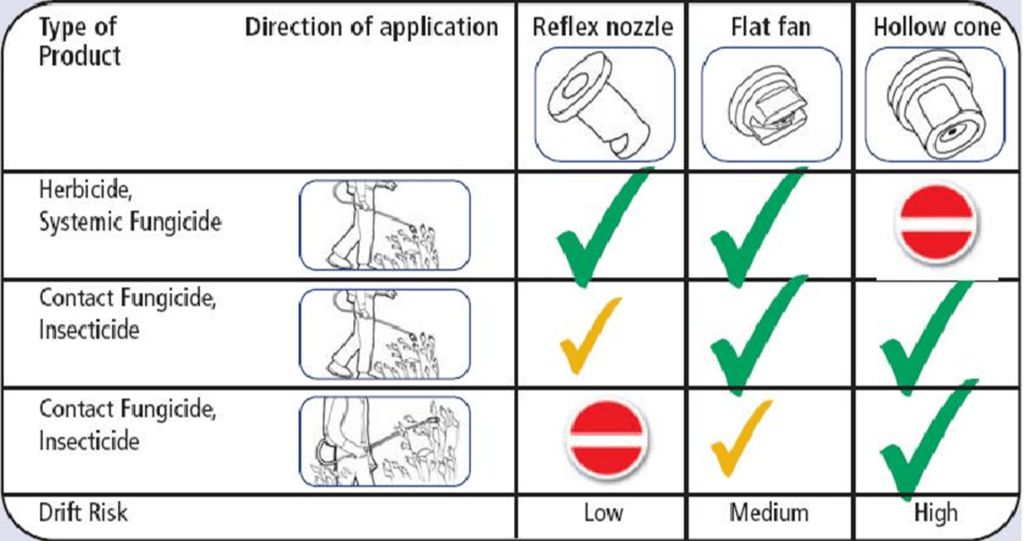The fall armyworm has been reported in all ten (10) regions of Ghana. The pest has become a perennial challenge that farmers have to contend with each season.
Many chemicals and remedies have been prescribed with some being generally accepted as effective against the fall armyworm. However, the correct application of these chemicals against fall armyworm, to a larger extent determines the effectiveness of the remedy.
Today, we look at exactly how to correctly apply chemicals to control fall armyworms.
Read also: 11 Highly Effective Pesticides to Fight Fall Armyworm (2022)
Preventing and suppressing fall armyworm
- Gather and burn all stubbles after harvest
- Deep Plough-in before planting or after harvest to kill pupae
- Harrow to expose pupae to predators and harsh weather
- Plant early using early maturing varieties
- Rotate with non-host crops
- Do not plant close to the infested field
- Do away or avoid alternate hosts nearer your farm
Frequency of application of fall armyworm chemicals
- The application should be at weekly intervals for contact insecticides based on the monitoring.
- 2-3 week intervals for products with two modes of action (contact & systemic) based on the monitoring.
- Three (3) week intervals for Bacillus thurigiensis products based on the monitoring.
- Additional information on the frequency of application will depend on the specific product therefore read the label carefully before use.
Type of nozzle and Nature of spraying
- For effective control, the spray solution should be directed at the foliage, funnel leaves, and whorl of the plant.
- The use of the correct nozzle enables safer and more efficient spraying.
- Hollow-cone nozzles are used for the general spraying of insecticides and fungicides give good coverage.

Choosing Nozzle Type
Three main nozzle designs are used on knapsack sprayers. Each nozzle design is available in a range of sizes to optimise the use of the product to be applied.

| TYPE OF NOZZLE | HERBICIDE | INSECTICIDE | FUNGICIDE |
| CONE | * | *** | *** |
| FAN | ** | ** | ** |
| DEFLECTOR | *** | * | * |
| AIR INDUCTIONS | ** | * | * |
Resistance Management
Do not use the same treatment continuously; rather, it is advisable to alternate to minimize the pest’s ability to develop resistance.


